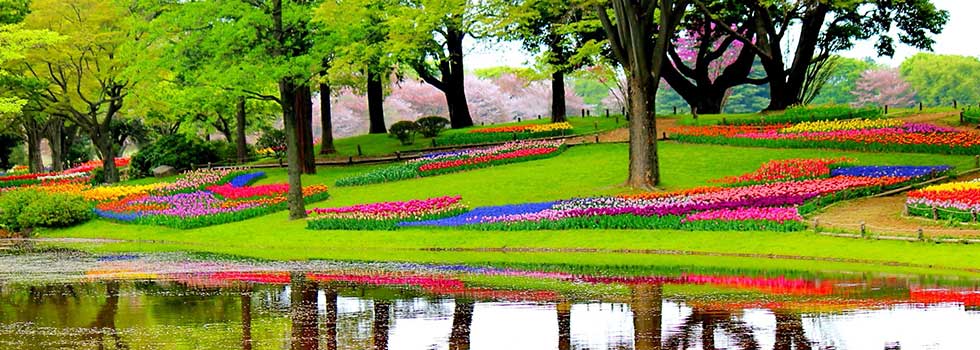
Although almost half of it was once under water, the Netherlands is one of the most urbanized – and densely populated – nations on earth, with a huge range of places to visit packed into a relatively small area. A remarkable country – no more than the size of the US state of Maryland – it’s a largely man-made affair, around half of which lies at or below sea level. Geography plays a key role in the Netherlands’ iconic landscapes. Its fertile, pancake-flat landscape is gridded with drainage ditches and canals, beneath huge open skies, while the country’s towns and villages are often pristine and unchanged places of gabled townhouses, pretty canals and church spires.
The legacies of Dutch Masters such as Rembrandt, Vermeer, Van Gogh, Frans Hals, Hieronymus Bosch, Piet Mondrian and MC Escher hang on the walls of the Netherlands’ world-renowned museums, along with contemporary Dutch works. The Dutch influence on construction spans more than a millennia, from Romanesque and Gothic medieval magnum opuses to Dutch Renaissance creations, revolutionary, Golden Age gabled houses and engineering endeavours including canals, neoclassicism, Berlage and the Amsterdam School, Functionalism, modernism, structuralism, neorationalism, postmodernism and neomodernism, with trailblazing structures making their mark on the cityscapes.
Uninterrupted North Sea winds have powered windmills since the 13th century, pumping water over the dykes, and milling flour and more. Some two-thirds of the surface is devoted to agriculture, including fields of tulips. When the Dutch say café they mean a pub, and there are thousands of them. In a country that values socialising and conversation more than drinking, cafés are places for contemplation and camaraderie. Many cafés have outdoor terraces, which are glorious in summer and sometimes covered and heated in winter. Most serve food, from bar snacks to fabulous meals.
Related Posts
